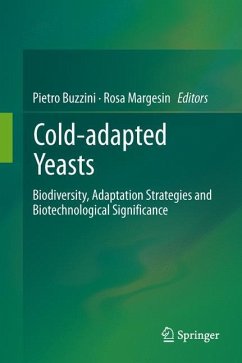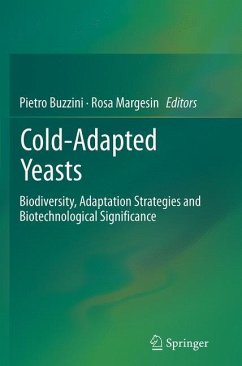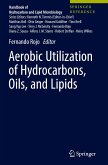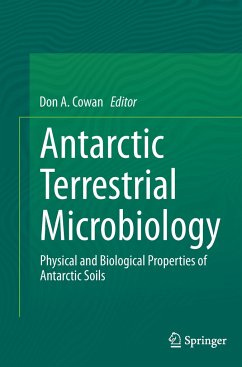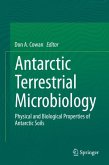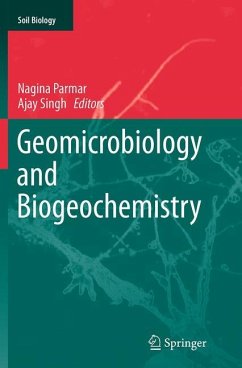Yeasts are a versatile group of eukaryotic microorganisms, exhibiting heterogeneous nutritional profiles and an extraordinary ability to survive in a wide range of natural and man-associated ecosystems, including cold habitats. Cold-adapted yeasts inhabit numerous low-temperature environments where they are subjected to seasonal or permanent cold conditions. Hence, they have evolved a number of adaptation strategies with regard to growth and reproduction, metabolic activities, survival and protection. Due to their distinctive ability to thrive successfully at low and even subzero temperatures, cold-adapted yeasts are increasingly attracting attention in basic science and industry for their enormous biotechnological potential.
This book presents our current understanding of the diversity and ecology of cold-adapted yeasts in worldwide cold ecosystems, their adaptation strategies, and their biotechnological significance. Special emphasis is placed on the exploitation of cold-adapted yeasts as a source of cold-active enzymes and biopolymers, as well as their benefits for food microbiology, bioremediation and biocontrol. Further, aspects of food biodeterioration are considered.
This book presents our current understanding of the diversity and ecology of cold-adapted yeasts in worldwide cold ecosystems, their adaptation strategies, and their biotechnological significance. Special emphasis is placed on the exploitation of cold-adapted yeasts as a source of cold-active enzymes and biopolymers, as well as their benefits for food microbiology, bioremediation and biocontrol. Further, aspects of food biodeterioration are considered.

